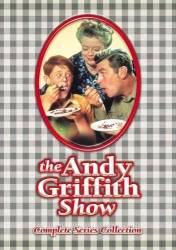My Fair Ernest T. Bass - S4-E17
Trivia: At different points during this episode both Barney and Andy make the exact same comment, "If you wrote this into a play nobody'd believe it." This episode is based on My Fair Lady, which in turn is based on Pygmalion.
Trivia: When Gomer and Barney are waiting at the Miracle Salve Co. Office, Barney speaks in a nasally high pitch voice. When Gomer asks Barney what's the matter with his voice, Barney explains that he's been talking like that as a disguise, to which Gomer asks, "How do you do that? I wish I could do my voice like that!" Jim Nabors does precisely that for his role as Gomer.







Answer: As noted in the previous answers, in real life, things like this provided wind and/or rain deflection, and also maintained a bit of privacy when blinds were raised somewhat. The interior courthouse set was located in the studio, so the "outside" Main Street didn't exist. I believe these things were added to the courthouse windows for practicality, to avoid some crew movement being visible on the opposite side of those windows. These are not "window boxes" to hold anything, as they're actually bottomless; we can see the Venetian blind's long pull cords under them. They're made of plywood and simple to build, so the "material and labor" was inexpensive. Similar variations made of different materials are in other movies/shows. In 1957's "12 Angry Men," textured chicken wire glass panels are in the jury room windows, and in "Jesse Stone: Night Passage" another type is in Jesse's office windows.
Super Grover ★